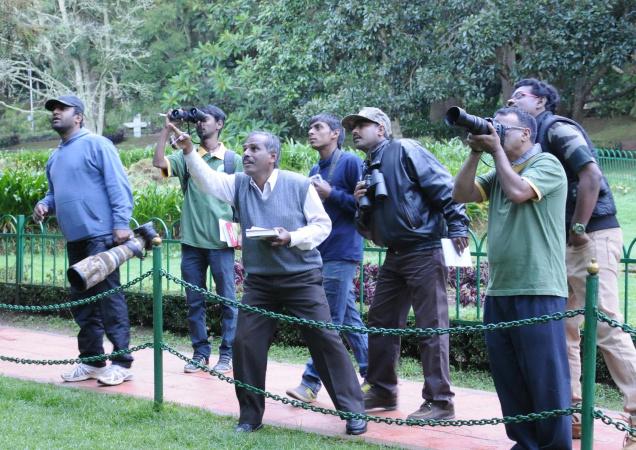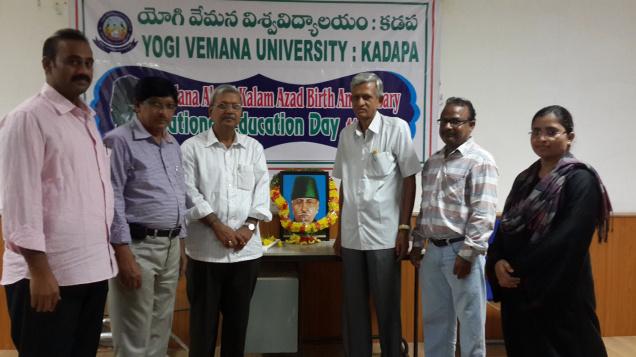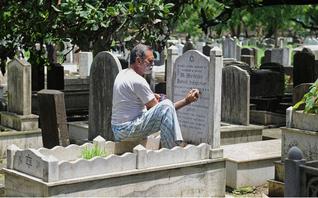Lucknow :
Begum Hazrat Mahal’s wouldn’t have been an inspiring tale of patriotism had it not been for Pandit Jawaharlal Nehru. The Royal Family of Avadh is in possession of testimony written by Begum’s descendant Prince Anjum Qader.
Great grandson of Begum Hazrat Mahal, Kaukab Qader was present at function to honour martyrs of 1857 revolution in Lucknow and was saddened that the contribution of his ancestor was second to none, yet she was ignored. He and his younger brother Anjum decided to meet Pandit Nehru. In Anjum’s own confession written two years after Pandit Nehru’s death, “I prepared a memorandum and, picking up our youngest brother Nayyer from Aligarh Muslim University, we arrived in New Delhi on August 15, 1957.”
Their claim to the 1857 legacy made news and attracted the PM’s attention. Anjum was bowled over by Nehru’s ‘disarming charm’. All praises for the Queen of Oudh, he inquired about her grave so that something to perpetuate her memory there could be done. In response, Anjum said it was government’s duty to search for it and honour the Begum’s final resting place. Jawaharlal Nehru frankly admitted the lapse and promised to do the needful.”
The 10-minute appointment lasted for an hour and ended with the family providing the PM some reference material. Two months later, Indian government informed the family that the Begum’s grave was found in Kathmandu city and Indian Embassy in Nepal was taking care of it.
On May 9, 1958, Indian government announced state recognition for 1857 Freedom Struggle leaders including Begum Hazrat Mahal. UP government too promised a memorial. “Although we are not aware of the happenings behind the scenes, Mr. Nehru’s hand could easily be felt in the changed attitude,” Anjum writes. Soon after, the famous Victoria Park in Lucknow was renamed after the nawab begum who never gave in to British. Months later, Nehru held his public meeting in the same park.
source: http://www.timesofindia.indiatimes.com / The Times of India / Home> City> Lucknow / by Shailvee Sharda, TNN / November 13th, 2014













